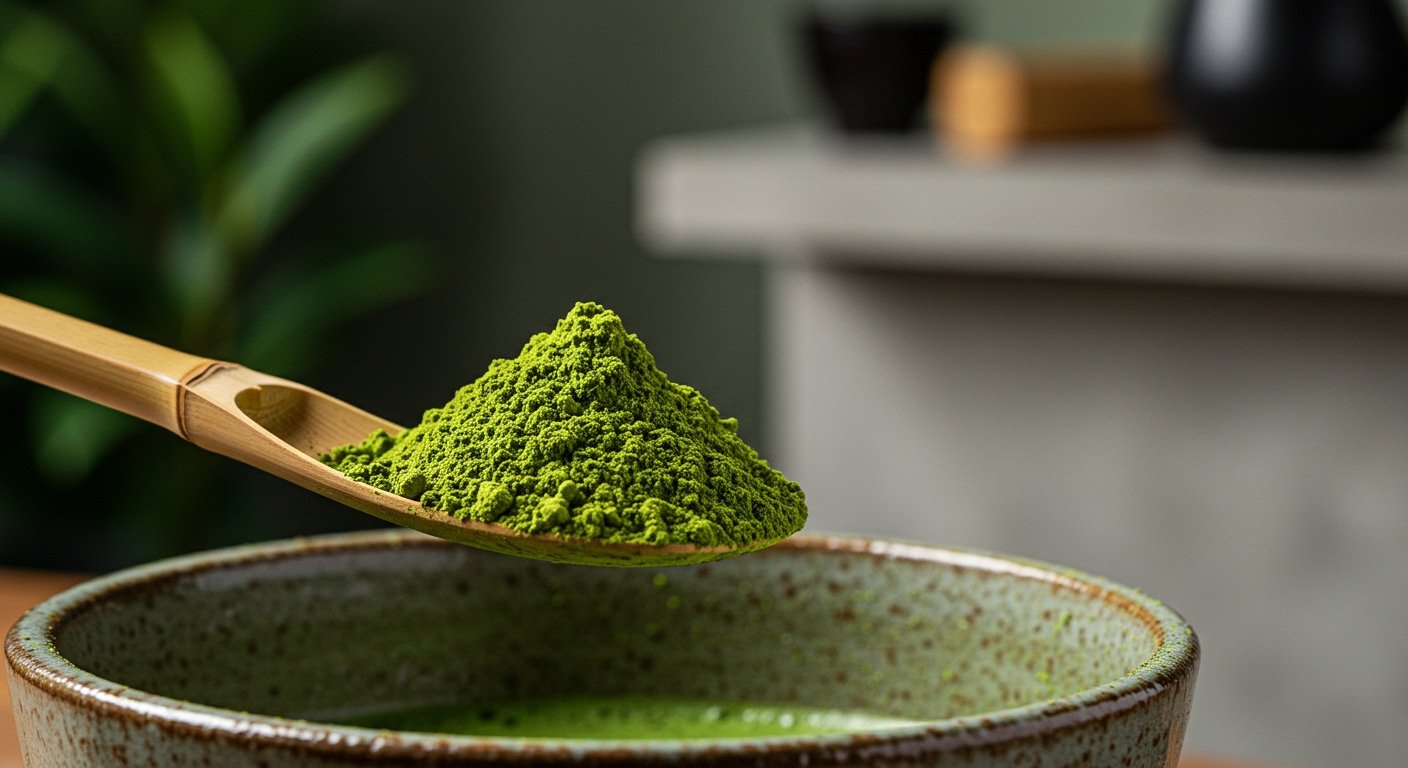The unassuming green powder once primarily cherished in traditional Japanese tea ceremonies has become a global phenomenon, propelled into kitchens and cafes worldwide by social media trends and a growing interest in health-conscious beverages. This surge in popularity, however, is having an unexpected and significant impact: straining the supply chain back to Japan’s tea farms and leaving businesses far afield, such as a minimalist matcha bar in Los Angeles, facing critical shortages.
The Ripple Effect Reaches Hollywood Boulevard
On Hollywood Boulevard in Los Angeles, Kettl Tea, a matcha bar that opened its doors just this year, is experiencing the sharp end of this global supply crunch. The bar, designed to offer a curated selection of high-quality Japanese teas, is currently grappling with drastically depleted stock. Of the 25 distinct types of matcha featured on its menu, Kettl Tea presently has only four in stock. This stark reality contrasts sharply with the diverse offering the establishment aimed to provide its customers.
Zach Mangan, the founder of Kettl Tea, articulated one of the primary challenges resulting from this shortage: managing customer expectations. “A major challenge is informing customers that their desired matcha varieties are unavailable,” Mangan explained. The scarcity means that patrons seeking specific flavour profiles, grades, or regional variations of the powdered green tea are frequently met with disappointment, forcing the bar to navigate delicate conversations about limited availability in real-time.
Behind the Global “Obsession”
The roots of this supply strain lie in the explosion of matcha’s popularity across international markets. Once a niche product outside of East Asia, matcha has transitioned into a mainstream ingredient and beverage, integrated into lattes, smoothies, baked goods, and even cocktails. Its vibrant green hue is instantly recognizable, making it highly shareable on platforms like Instagram and TikTok. This visual appeal, combined with its touted health benefits—rich in antioxidants and offering a different kind of caffeine boost compared to coffee—has fueled an unprecedented global demand.
The term “obsession,” as used in reports regarding this trend, is perhaps not an exaggeration. Consumers worldwide are discovering and adopting matcha into their daily routines, driving demand volumes that Japanese tea producers, operating within traditional agricultural frameworks, were not historically equipped to meet overnight. The global appetite for matcha has grown exponentially, far outstripping the gradual, seasonal cycles of tea cultivation and processing required to produce high-quality grades.
Straining Japan’s Tea Farms
The consequence of this global surge in demand is significant pressure on the source: Japan’s tea farms. Producing authentic, high-quality matcha is a meticulous process. It involves shading the tea plants (typically Tencha leaves) for several weeks before harvest to increase chlorophyll and L-theanine levels, hand-picking the youngest leaves, steaming them immediately to prevent oxidation, drying the leaves, removing stems and veins (resulting in Tencha), and finally, stone-grinding the Tencha into the fine powder known as matcha.
This labour-intensive and time-sensitive process, particularly for the ceremonial and premium grades favoured by establishments like Kettl Tea, cannot simply be scaled up instantaneously. Japanese tea farmers, many operating on multi-generational family plots using traditional methods, are facing an unprecedented demand that challenges their capacity. While efforts are being made to increase production, factors such as limited arable land suitable for tea cultivation, the specific climatic requirements for quality leaves, and the reliance on skilled labour for farming and processing create inherent bottlenecks.
The intense demand effectively “drinks Japan’s tea farms dry” not in a literal sense of environmental depletion necessarily, but by consuming the available supply at a rate that production struggles to match. The limited harvests, once sufficient for domestic consumption and a smaller export market, are now stretched thin across a vastly expanded global clientele.
Challenges for Businesses and Consumers
For businesses like Kettl Tea, the shortage means not only difficulty in stocking their shelves but potentially higher wholesale costs as competition for the limited supply intensifies. This could ultimately lead to higher prices for consumers or a shift towards lower-grade matcha or matcha sourced from other regions, which may not offer the same quality, flavour, or cultural authenticity.
The situation underscores the complex interplay between global consumer trends, fueled by digital platforms, and traditional agricultural industries. While the popularity of matcha offers significant economic opportunities for Japanese tea farmers and exporters, it also highlights the need for sustainable growth strategies that balance increased production with maintaining quality and ensuring the long-term health of the tea-growing regions.
As Kettl Tea and other matcha purveyors navigate the current scarcity, the episode serves as a clear indicator of how quickly and profoundly global demand shifts, driven by the dynamics of the internet and social media, can impact traditional supply chains, even those rooted in centuries-old practices in distant lands like Japan.





